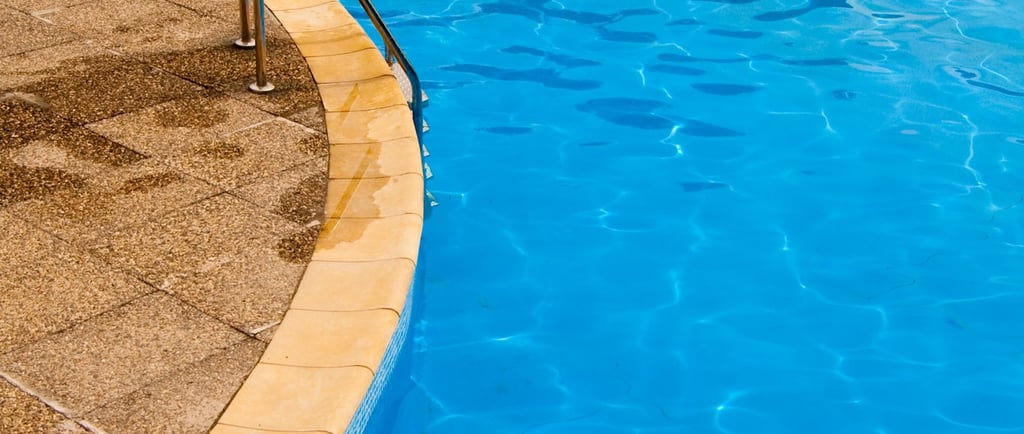Chlorine & CYA Levels
Why They Matter for a Healthy Pool
11/12/20252 min read


Chlorine & CYA Levels: Why They Matter for a Healthy Pool
Keeping your pool safe and sparkling comes down to two major players: chlorine and CYA (cyanuric acid). When these two get out of balance, your water turns cloudy, algae blooms show up, and your chlorine stops working the way it should. Here’s a simple breakdown every pool owner should know.
What Chlorine Does
Chlorine is your pool’s main defender. It kills bacteria, controls algae, and keeps the water safe for swimmers. If chlorine drops too low, the pool becomes unsafe and can get cloudy fast — especially in the Texas heat.
Ideal range:
2–4 ppm for normal pools
5 ppm for heavy use or during hot summer stretches
What CYA (Cyanuric Acid) Does
Cyanuric acid is often called “sunscreen for chlorine.” It protects your chlorine from burning off in sunlight. Without CYA, your pool can lose almost all its chlorine within a few hours of direct sun.
Ideal CYA range:
30–50 ppm for most pools
60–70 ppm if you use a saltwater system
Why Balancing Both Is So Important
Chlorine and CYA work as a team — but only when they’re in the correct ratio.
Too little CYA → chlorine burns off too fast
Too much CYA → chlorine becomes weak and stops sanitizing
When CYA gets too high (a very common problem in Texas), your chlorine won’t work even if you’re adding tons of it. That’s why many homeowners think their chlorine is “broken” — the real issue is CYA overload from stabilized tablets.
What Happens When CYA Is Too High
Chlorine stops killing algae effectively
Water stays cloudy no matter how much chlorine you add
Algae blooms come back quickly
Only a partial water drain can fix it
If your CYA is over 80 ppm, you’ll start seeing these issues.
Why Texas Pools Struggle With Chlorine & CYA
Texas pools deal with:
Intense sun exposure
High temperatures
Heavy evaporation
Frequent tablet use (which adds CYA every time)
This creates a cycle where chlorine consumption goes up but effectiveness goes down. That’s why weekly professional balancing is so important.
How Homeowners Can Keep Levels in Check
Test chlorine and CYA monthly
Use fewer stabilized tabs if CYA starts creeping up
Shock the pool only with unstabilized chlorine
Consider a weekly professional monitoring plan (recommended in Texas climates)
Let Happy Frog Pools Handle It
Balancing chlorine and CYA doesn’t have to be confusing. We keep your levels right where they need to be so your pool stays safe, clear, and swim-ready all year long.
Schedule a weekly Happy Frog Pools service today and let the frog keep your pool happy.
